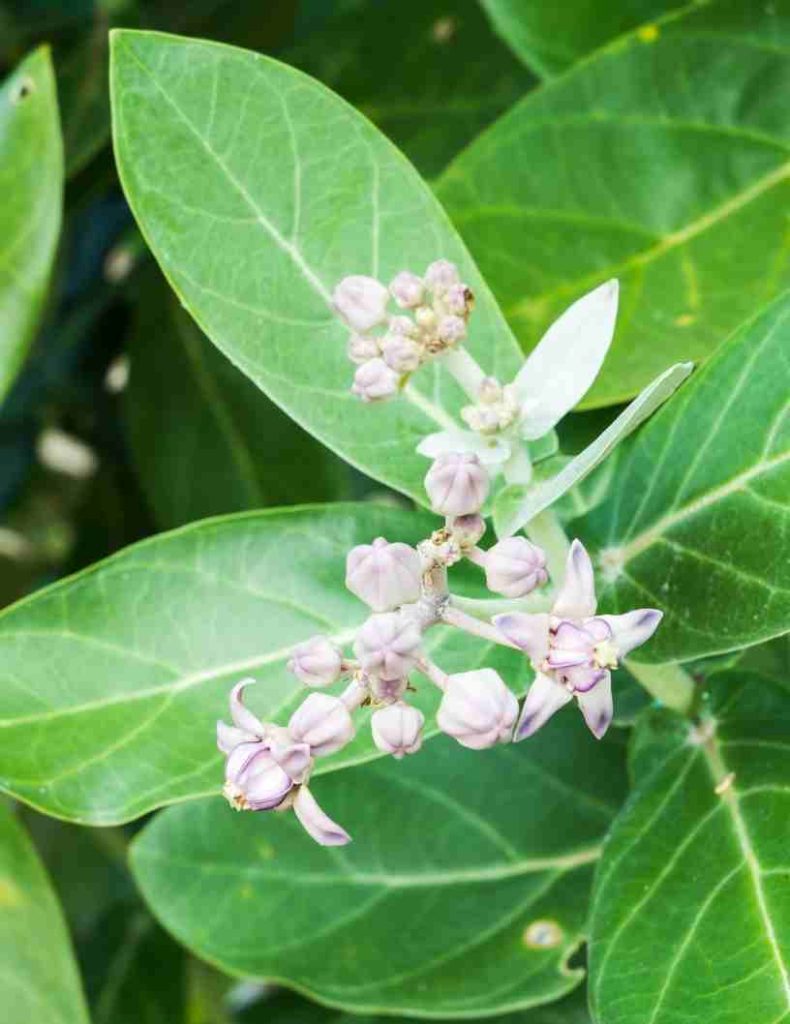
Table of Contents
Arka Plant
This article will cover the Ayurveda uses of Arka and its Morphology, as well as some important details about the plant itself. You’ll also learn about the plant’s medicinal properties. Keep reading to learn more about the amazing benefits of Arka. And don’t forget to check out our other articles pertaining to Arka. You’ll find them very informative and helpful! Keep visiting for more articles on Ayurveda and the Arka plant!
What Ayurveda says about Arka plant
The Arka plant is indigenous to the Asian subcontinent. It grows in dry waste land and is propagated by insects. The plant has special significance in Hindu mythology and is often worshipped as the Arka-Ganapathi. The god is said to reside in the Muladhara Chakra. The plant is also thought to bring prosperity to the area where it is planted.
The medicinal properties of the Arka plant are varied, with the plant being used for ascites, a large abdominal distension. In addition to its medicinal value, the plant is also known for its laxative, digestive, and appetiser properties. It is also used for purgation and astringent properties, and has been known to reduce the symptoms of bloating, flatulence, and indigestion. Furthermore, the plant is said to relieve painful worm infestations.
The milky white exudates produced by the Arka plant are considered mildly poisonous. The plant is also considered a ‘plant toxins’ in Ayurveda. Its leaves are used for soothing paralyzed parts, respiratory disorders, and constipation. The milky substance produced by the plant is believed to treat diseases, including leprosy and ringworm.
The arka plant, also known as kianari, is used in Ayurvedic medicines. Its bark and other parts are used for different purposes, including curing a range of ailments. Medicinal uses of arka plant include astringent and expectorant properties. The bark and flowers of the plant are used in a paste for coughs and colds. In children, dried roots and leaves are also used to treat cough and bowel trouble.
Milk of arka plant contains salted, oily substance called akshayagandha. This milk after purification is used for curing a wide variety of skin ailments, as well as abdominal tumors, and as a purgative therapy. The arka plant is used in many parts of the world, including India, Indonesia, Malaysia, and the Philippines. Its seeds are a powerful natural remedy for a number of conditions, including bloating, abdominal distension, and flatulence.
Morphology of Calotropis gigantea
Morphology of Calotropis giganta (L.) R. Br. is a species of perennial shrub that is native to Africa and Asia. This species is often referred to as erruku or badabadam. The species is also found in other countries, including China, India, and Sudan. It is found in both cultivated and wild environments.
The Arka plant is used for various ailments, and is mentioned in Ayurveda as an antidote to snake poison. There are two botanical sources of Arka: Calotropis gigantea (L.) R.Br. and Calotropis procera (R.Br.) Both are valuable medicinal herbs. However, one should always keep in mind that the Raktaarka is far more toxic than the other.
The root bark of Calotropis gigantea L. contains the chemical anhydrosophoradiol-3-acetate. It is effective in treating Ehrlich’s ascites carcinoma in Swiss albino mice. The plant has many curative properties, and is a common component of herbal medicine. Ayurveda and Siddha both recommend Calotropis gigantea as a valuable herb.
This plant is important in various fields, including medicine and agriculture. It is considered an important medicinal and socio-economic resource, and has potential to invade new territories. As a result, it has received significant attention in both traditional and modern medicine. However, despite its broad distribution, little is known about its morphology and how it affects human health. This study will explore the biology of this species to better understand its applications in traditional medicine.
The plant’s flowers are approximately 15 mm in diameter. They are borne in clusters of three to fifteen flowers, with the stalk of each flower 15-25 mm long. Flowers have five petals. The petals are white with pink or purple tips. Each flower is crowned with a crown-like center. The sepals are oval. The flower is covered in tiny hairs. It is native to southern Asia and the Arabian Peninsula.
